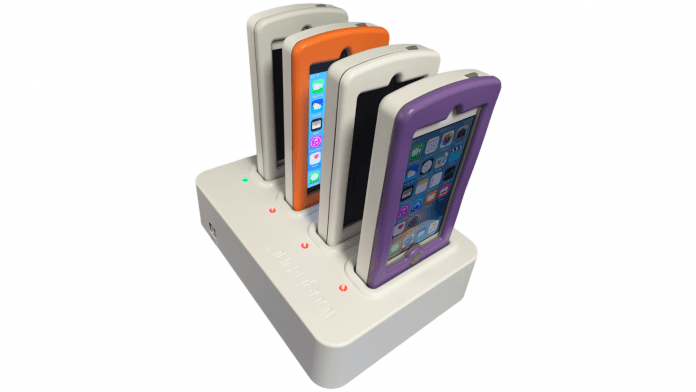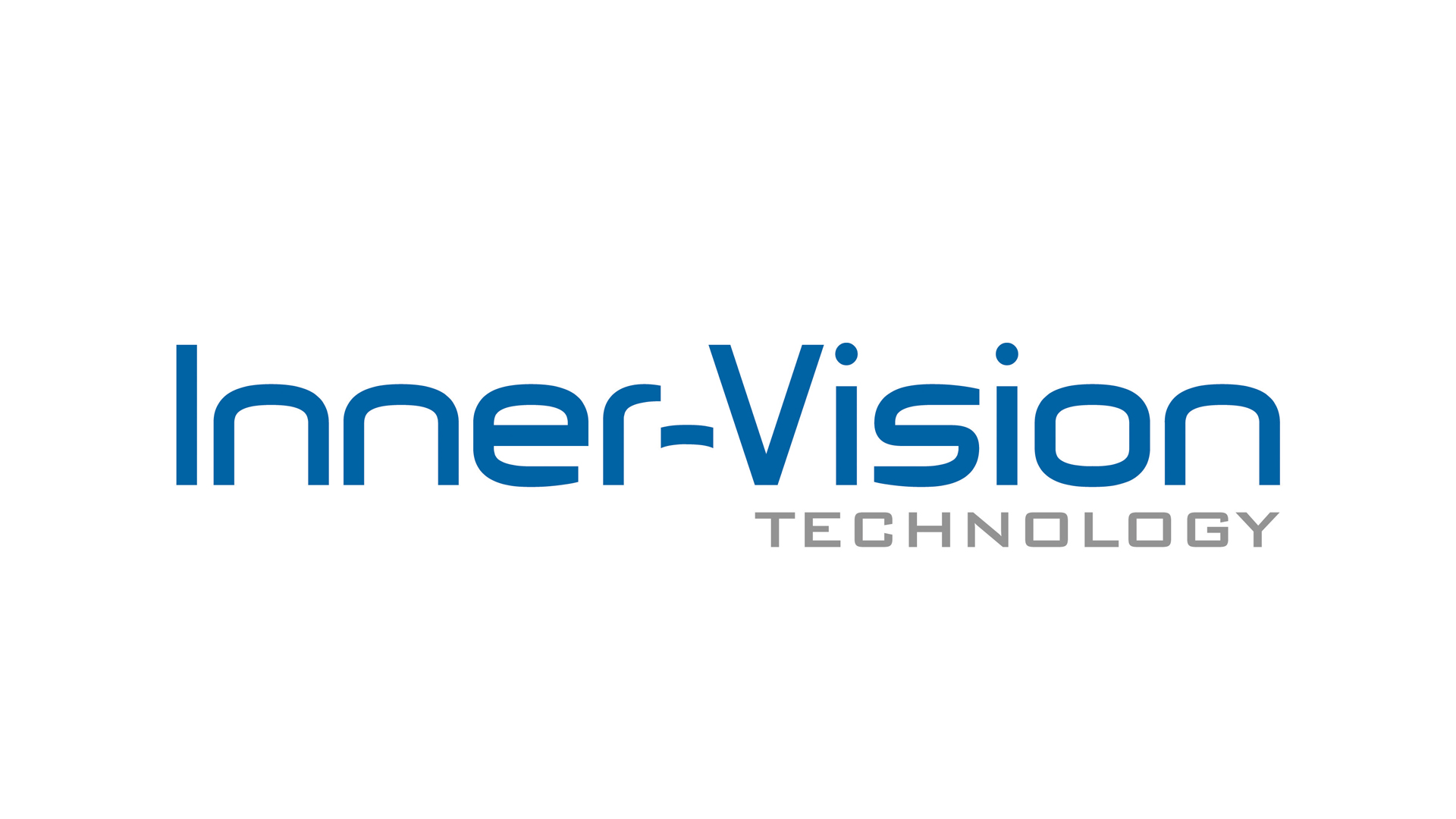
Keith Smith of Inner-Vision Technology Ltd examines the economic burden of hospital-acquired infections and how mobile devices help pathogens to spread.
The growing, global burden of antibiotic resistance is presenting healthcare professionals with significant challenges. In less than one hundred years the development and use of antibiotics, though a massive benefit to human health, is creating an array of highly resistant organisms against which we currently have no effective treatment. The impact of these infections on human health may be devastating and the direct financial costs to both healthcare organisations and the government are significant.
In Europe, healthcare-acquired infections (HAIs) cause 16 million additional days of hospital stay, 37,000 attributable deaths, and contribute to an additional 110,000 every year. The World Health Organization (WHO) estimates a third of surgical patients contract a surgical site infection,1 40% of them being methicillin-resistant Staphylococcus aureus (MRSA), reducing this is critical to the antimicrobial resistance agenda. The annual financial losses are estimated at approximately €7 billion of direct costs. In the UK, every case of hospital-acquired MRSA is said to cost the NHS £8,000 and overall, the cost of HAIs to the NHS is around £2.1-2.7billion per annum.2
In 2001 carbapenem-resistant Enterobacteriaceae (CRE) was deemed the ‘nightmare bacteria’ and an ‘urgent threat’ to human health by the Centers for Disease Control and Prevention.3 That year in the US, reports were made to CDC of CRE infection from only one US state, in 2016 it was found in 48.4 Concerns have been raised that CRE may disseminate in foods and eventually contaminate fresh retail meat products, genes that confer resistance to colistin and carbapenem have also been found in several farmyard bacteria. Now there have been reports that one in four supermarket-bought chickens have been shown to contain highly resistant strains of E.coli. It is not just an issue for healthcare establishments.
Controlling infections in patient environments
One area of concern within the mix of key infection control challenges facing healthcare staff is the contamination of surfaces and devices. Organisms such as MRSA, clostridium difficile (CDI) and vancomycin-resistant enterococci (VRE) can survive for days to months in the patient environment.
The use of mobile devices such as phones, personal digital assistants (PDA) and tablet PCs is increasing rapidly. Several software systems that enable clinical staff to collect vital signs, link with data from pathology or radiology, providing huge benefits to patient safety and clinical efficacy, are driving their uptake.
For many years hospitals have embraced the use of antibacterial keyboards and mice because of potential cross-infection risks. Some studies have shown MRSA isolates on keyboards have the same antibiotic resistance patterns and DNA identity as patients with clinical infections in the same ward.5
The new keyboards, mobile devices that are used every day also similarly carry pathogens on their surfaces and in your pocket. Protective cases that are not designed for the task can conceal pathogens and exacerbate this problem.
These devices, as well as stethoscopes, pressure cuffs, gloves and keyboards are frequently colonised with bacteria.6 Very often, contamination is skin flora such as Staph epidermidis, but significant contamination of MRSA/MSSA, E. coli, Pseudomonas, Klebsiella and other antibiotic-resistant strains are frequently reported on up to 95% of mobile devices tested.7 Smartphones seem to show greater levels of contamination than conventional phones.8 Both the London School of Tropical Medicine & Hygiene and the University of Surrey have reported bacterial contamination of smartphones with a variety of skin, environmental and faecal organisms.
Up to 82% of disposable gloves have been shown to be contaminated with pathogens and 64% were not changed between patients.9 Reducing unnecessary use of gloves and proper hand hygiene are key programmes being driven by the WHO and infection prevention specialists worldwide to help reduce hospital cross-infection.
Cleaning mobile equipment with isopropyl alcohol, bleach, hydrogen peroxides and peracetic acid is not recommended by electronic mobile equipment manufacturers. The manufacturer of the world’s leading tablet PC simply recommends using a lightly moist microfibre cloth only.
Decontamination with healthcare approved disinfectant wipes or ultraviolet light (UV) may only be a temporary measure until next handled. UV light potentially has other human health risks so requires careful design and handling. Would it not be better if a permanent ‘always-on’ approach were available as the first line of defence?
The important role of silver
Bacteria moulds and fungi have a weakness, silver. Hippocrates first described its antimicrobial properties in 400 BC and it has been used to fight infection for thousands of years. The privileged believed that eating from a silver spoon protected them from harm hence the saying ‘born with a silver spoon in your mouth’. Many patients report the benefits of using colloidal silver to treat recurrent bladder or fungal infections without having to use antibiotics.
Dissolved silver ions attack bacterial cells in three main ways: they make the cell membrane more permeable and interfere with the cell’s metabolism, leading to the overproduction of toxic oxygen compounds. Silver also interferes with bacterial DNA preventing replication. These mechanisms have the potential to make today’s antibiotics more effective against resistant bacteria.
Many antibiotics are thought to kill their targets by producing reactive oxygen compounds, James Collins and his team (Boston USA) showed that when boosted with a small amount of silver these drugs could kill between 10 and 1,000 times as many bacteria.10.
Silver has also been shown to have effects against viruses and fungi; it may destroy norovirus on fabrics, enhances the reduction of SARS-CoV-2 (the virus responsible for COVID-19) and prevents the growth of aspergillum, candida, and other potentially harmful moulds.
A whole-system approach
We need a whole system approach to combat microbial contamination that includes innate forms of control, using appropriate agents that are not subject to genetic resistance mechanisms that are transferred between bacteria.
Silver may be used in healthcare to help provide overall microbial contamination in the patient environment, for example in surface coverings, fabrics, and equipment. Products specifically designed for and incorporating antimicrobial materials are another part of the overall strategy for combating surface contamination and HAI in healthcare. When incorporated correctly into products designed for the task, harmful bacteria on their surfaces are destroyed or inactivated in minutes.
Tough-PAC® are enclosures and docking systems specifically designed for healthcare use for iPad and iPod mobile devices. Tough-PAC incorporates silver-ion antimicrobial technology shown to actively kill more than 99.9% of MRSA and 99.6% of E.Coli contaminants in the ISO:22196 standard, reducing the risk of device borne cross-infection in hospitals when using these mobile computers. When tested in ISO:21702:2019 we have seen a reduction of more than 60% after two hours in SARS-CoV-2 on the surface when compared to a control.
These outstanding results are a clear demonstration of our commitment to reducing risks in hygiene sensitive environments, in hospitals, food manufacturing as well as every-day use. It is another world first for this class of product that Inner-Vision Technology has been leading since 2011.
About the author
Keith Smith qualified as a Chartered biomedical scientist and Fellow of the Institute of Biomedical Science. He has worked extensively in clinical pathology, research and development and eHealth for over 42 years. Keith is the lead designer for Inner-Vision Technology Ltd.
References
1 WHO: BURDEN OF HEALTHCARE-ASSOCIATED INFECTION WORLDWIDE FACT SHEET (who.int)
2 Guest et al. Modelling the annual NHS costs and outcomes attributable to healthcare-associated infections in England | BMJ Open
3 CRE deemed ‘nightmare’ bacteria by CDC (healio.com)
4 Thaden et al. Infect Control Hosp Epidemiol. 2014 Aug;35(8):978-83.
5 Bures et al. American Journal of Infection Control, 01 Dec 2000, 28(6):465-471
6 Jones et al. Ann Emerg Med. 1995 Sep;26(3):296-9.
7 Ulger et al. Ann Clin Microbiol Antimicrob. 2009 Mar 6;8:7.
8 Brady et al. J Hosp Infect. 2006 Jan;62(1):123-5. Epub 2005 Aug 15
9 Health Infection Society Meeting presentation 2016.
10 Collins et al. 19 Jun 2013 • Vol 5, Issue 190 • p. 190ra81 • DOI:1126/scitranslmed.3006276
This article is from issue 21 of Health Europa Quarterly. Click here to get your free subscription today.











